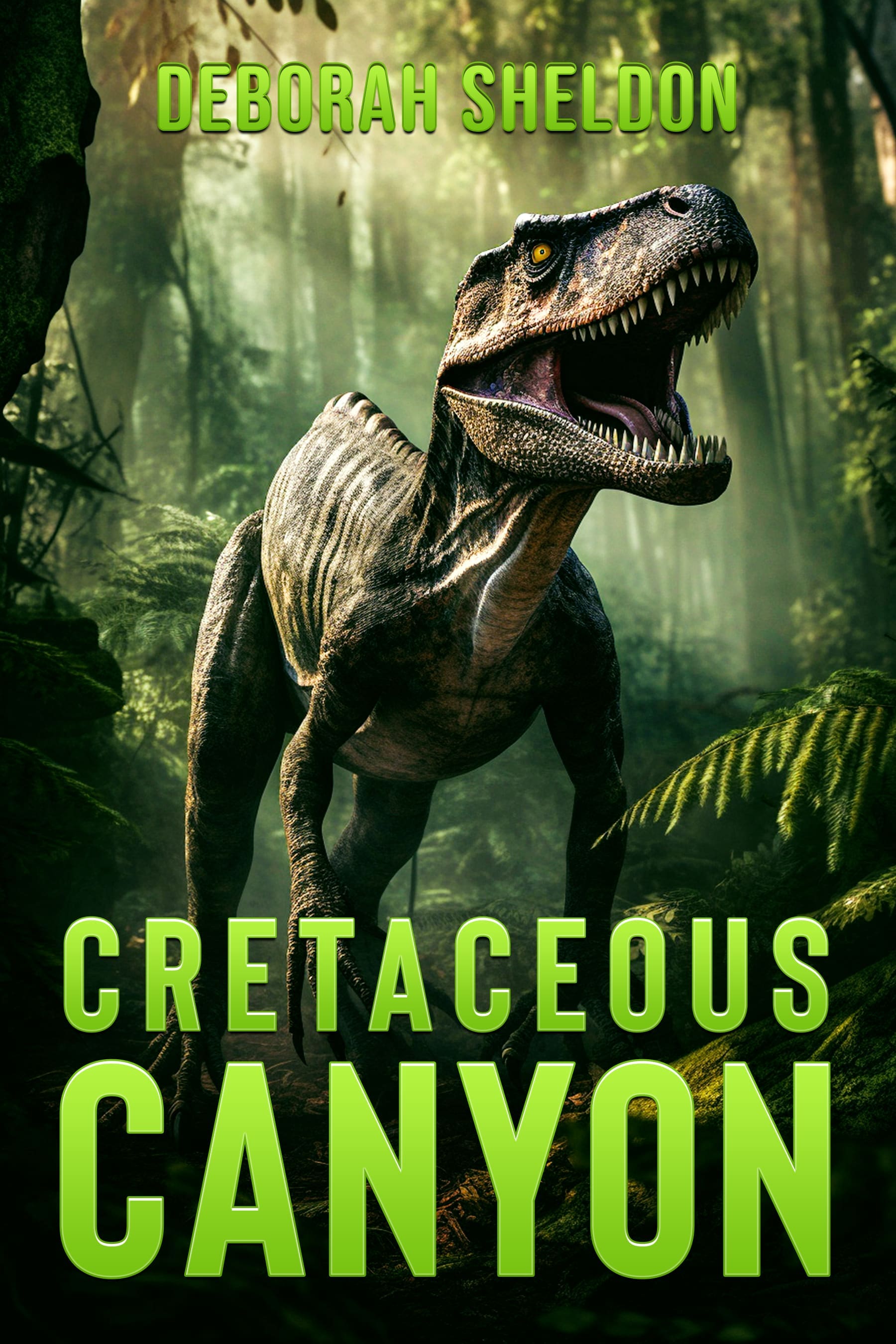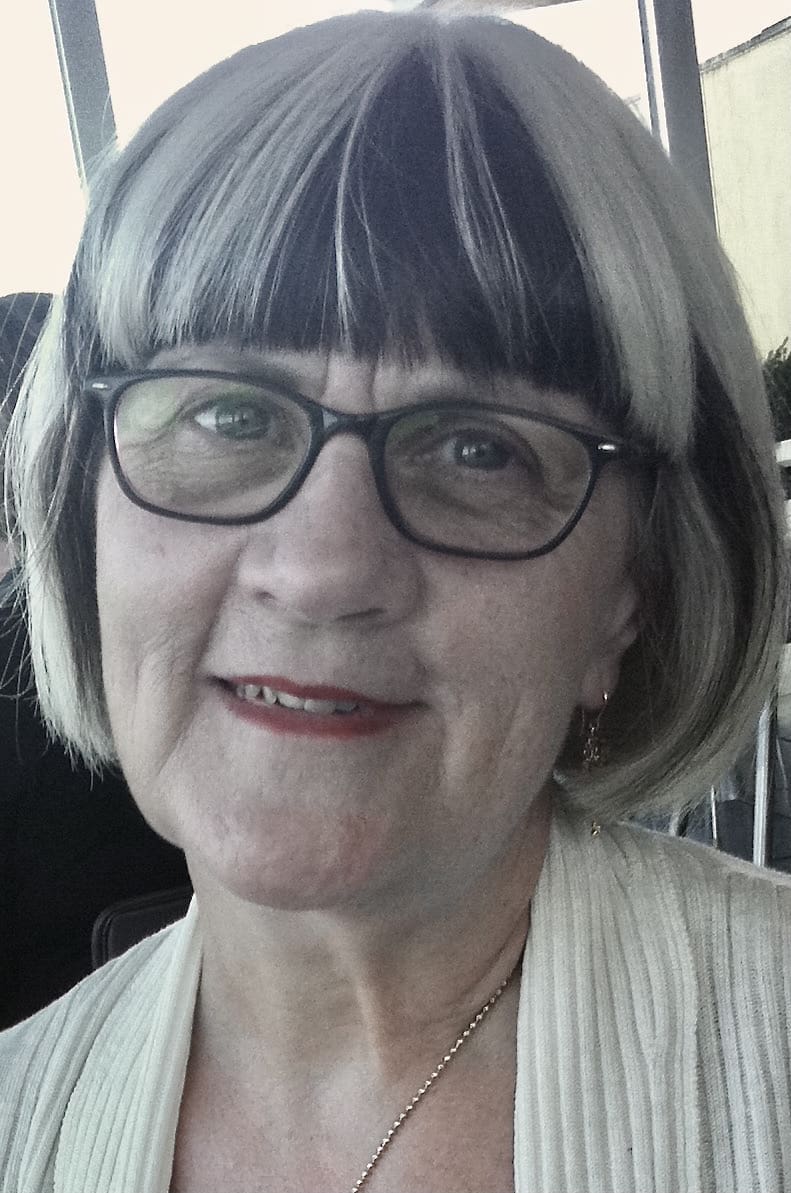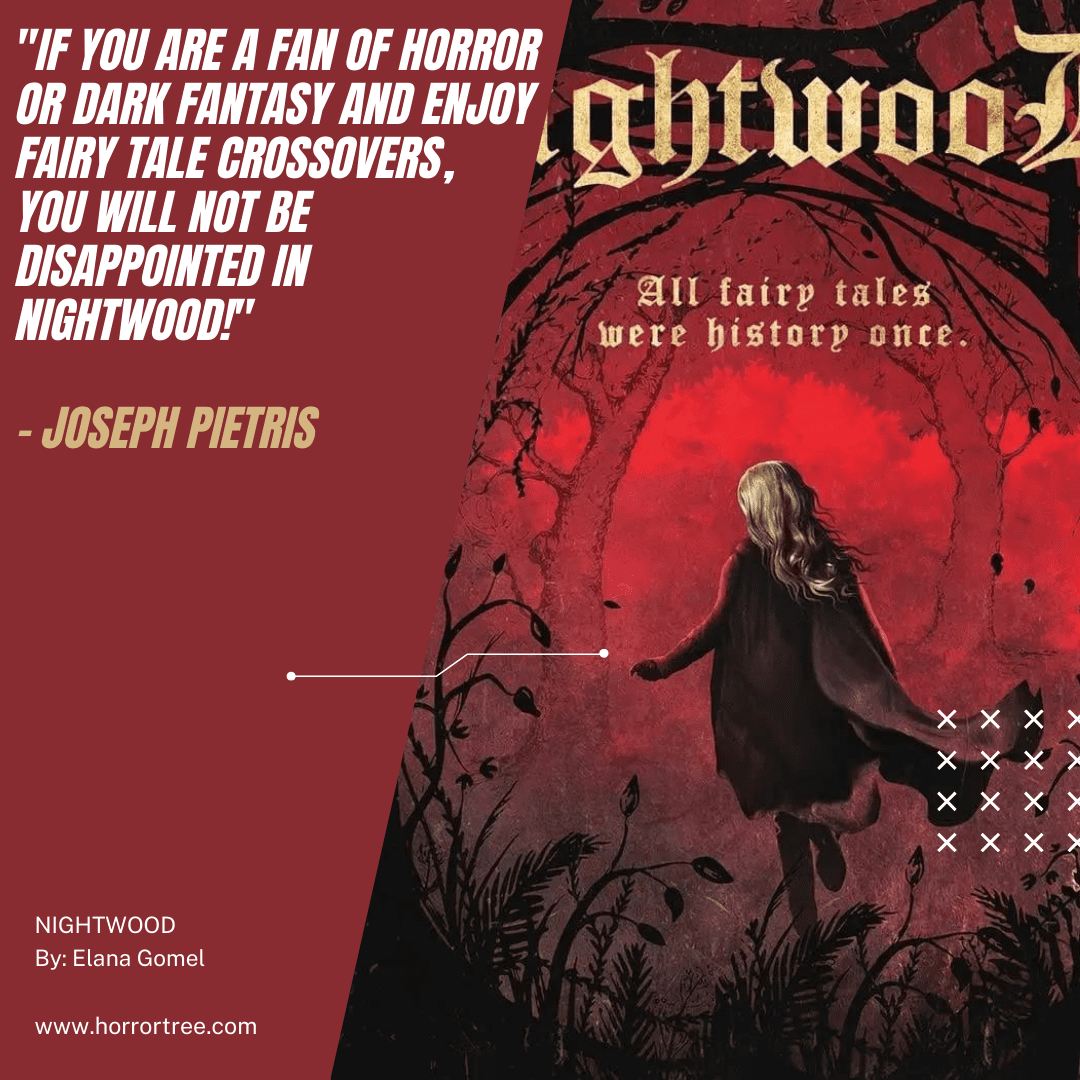Deborah Sheldon on Cretaceous Canyon and Beyond!
Deborah Sheldon on Cretaceous Canyon and Beyond!
Deborah Sheldon has recently published Cretaceous Canyon with Severed Press. And, running true to form, she has written a novel that will seize you in the first chapter and then thrill, horrify, enmesh and sicken in turn as it propels you through to the final page. I could not put this book down, so I was pleased to be able to speak with Deborah about how this scintillating story came to life.
Cretaceous Canyon… wow! What fired your imagination to write this gripping, character-driven story?
 As a child, our 23-year-old son was an avid reader, and I bought him action-adventure books in particular. One day in late 2022, while casting about for a book to read, I browsed through his collection in search of something different. I spotted The Savage Tales of Solomon Kane by Robert E. Howard, and thought I’d give it a whirl. Oh, wow! Howard is an incredible storyteller with a beautiful, lyrical, descriptive writing style. Hands down, “The Hills of the Dead” and “Wings in the Night” are two of the most thrilling stories I’ve ever read.
As a child, our 23-year-old son was an avid reader, and I bought him action-adventure books in particular. One day in late 2022, while casting about for a book to read, I browsed through his collection in search of something different. I spotted The Savage Tales of Solomon Kane by Robert E. Howard, and thought I’d give it a whirl. Oh, wow! Howard is an incredible storyteller with a beautiful, lyrical, descriptive writing style. Hands down, “The Hills of the Dead” and “Wings in the Night” are two of the most thrilling stories I’ve ever read.
I went on to buy all Howard’s collected fiction. (Solomon Kane, however, remains my favourite character.) Robert E. Howard was my inspiration for Cretaceous Canyon. His fiction made me want to write an exciting, suspenseful, page-turning novel of my own. Hopefully, I’ve succeeded.
Tell me, how did you and Severed Press get together on this novel?
I’ve been published four times by Severed Press, so I emailed to ask what kinds of stories they were currently looking for. From their list, I decided upon ‘dinosaur lost world’. I spent a couple of weeks brainstorming, and then sent a detailed pitch. I was hoping for a ‘yes, we like it’ kind of response, but Severed Press actually replied with a contract! I’ve sold non-fiction books and anthologies via pitch, but this was the first time I’ve sold a novel without penning a single word. It felt good!
And let me tell you, it took the pressure off. I was able to focus all my energies on writing, without having to grapple with that nagging fear of whether or not I could sell the story.
Going back in time to research Australia’s dinosaurs, what struck you most about these prehistoric creatures?
The most well-known prehistoric Australian animals are the megafauna, giant versions of modern-era animals such as wombats and kangaroos, which became extinct about 46,000 years ago. Our megafauna has been quite well-documented; the beasts even had their own series of national postage stamps! Incidentally, one of my Severed Press novels, Devil Dragon, is about a huge carnivorous goanna-like lizard – called the Varanus priscus – that used to roam Australia during the megafauna age.
But Australia’s dinosaurs are just not in the public consciousness, and I had no clue about them. Researching our Cretaceous Period was eye-opening, to say the least. I discovered that we had our own versions of world-famous dinosaurs such as the velociraptor, brontosaurus and tyrannosaurus rex. Our australovenator, for example, is one of the scariest monsters you’d never want to meet. For some reason, Australian dinosaurs aren’t given airtime, but hopefully, Cretaceous Canyon will shine a bright little spotlight on our prehistoric beasties.
The suspense and tension in Cretaceous Canyon are almost tangible. What did you do to achieve this?
After deciding to write a novel about a ‘dinosaur lost world’, I made an important choice very early on: that the story would take place over nine hours. Whenever I’m blocking out a piece of long-form fiction, I first like to contain it and pin it down, figure out its broad parameters. Choosing a time frame gives a solid border to any story.
Yes, it’s the classic ‘ticking clock’ for the reader, but it has the exact same effect on the writer: x-amount of action must happen within x-number of hours, so how am I going to make the plot-points happen? A time constraint makes me feel stressed while I write, which helps lend a sense of urgency to each scene. I believe my own stress telegraphs to the reader!
What ideas did you have about the substantive elements that would drive the narrative?
Thematically, human-versus-nature was always going to be one of my preoccupations for Cretaceous Canyon. It’s why I began the story at the modern, pristine and lavish 84th floor of a skyscraper overlooking Sydney Harbour – to contrast with the dirt, blood and shit of my mysterious canyon.
Generally, I’m interested in writing about characters who discover truths about themselves in times of hardship. What happens to a personality when put under tremendous pressure? What memories surface? Which actions come naturally? Which fears are insurmountable? Are certain outcomes inevitable? Exploring characters in this way is absorbing and fascinating to me.
Australia is a common setting for your writing. What is behind this choice?
As an Australian, I like writing Australian stories. For Severed Press, I’ve written two other novels and two novellas. Devil Dragon highlights a monstrous reptile that used to roam our bushland. Body Farm Z is about cadavers coming to life on a forensic body farm. My novella Thylacines features genetically-engineered versions of the Tasmanian tiger, a wild dog hunted to extinction in the 1930s. Man-Beast is about a yowie (our version of Bigfoot) that is an attraction in a travelling boxing troupe in 1913.
As a reader, I appreciate stories with a strong sense of place and time. That appreciation carries over into my writing. I also feel it’s my duty to write Australian stories. US writers unashamedly write US stories and do it well. I greatly admire their affection for ‘home turf’ and, similarly, I try to show the same passion for my own country, language and culture.
When you start a new work, do you have a strong sense of where your story is going, or do you allow the plot to evolve organically?
Broadly speaking, a bit of both. I decide on my beginning and end – more or less. Then I brainstorm a dot-point outline that gets me from A to Z. This stops me from writing in aimless circles and getting discouraged.
Yet an outline doesn’t stop me from getting lost! That said, getting lost can be great for creativity. Yes, Cretaceous Canyon had an outline, but it was loose enough that I kept deviating here and there, and inadvertently painting myself into corners. I’d often have to sleep on a problem in order to solve it, or else workshop it with my husband. (Al and I have been together for almost three decades. From his years of experience helping me figure out plot dilemmas, he’s fantastic at brainstorming!)
What’s next in the publishing pipeline for Deborah Sheldon?
Currently, I’m working on my anthology Spawn 2: More Weird Horror Tales About Pregnancy, Birth and Babies. My first anthology in the series was nominated for six awards and won two of them, including the Australian Shadows ‘Best Edited Work’ Award, so I’m hoping to follow up with an equally kick-arse book! Spawn: Weird Horror Tales About Pregnancy, Birth and Babies featured work by Australian writers, but my sequel will have Australasian writers (where Australasia means Australia, New Zealand, New Guinea, and the neighbouring islands of the Pacific). IFWG Publishing will release it in November 2024.
***
CRETACEOUS CANYON
BACK-COVER BLURB:
Australia’s outback holds a mysterious canyon. Hidden deep within is a forest of pine tree that dates from the Cretaceous Period. A megacorporation hires experts to research this canyon for botanical riches.
The team enters a no-man’s land formed 100 million years ago when Australia was still attached to Antarctica, and dinosaurs ruled the super-continent. But the canyon has more prehistoric and dangerous species than anyone could have possibly imagined.
Trapped and terrified, unarmed and unable to communicate topside, the team’s extraction deadline is six long hours away. The frantic race for survival is on.
CRETACEOUS CANYON AMAZON PAGE:
https://www.amazon.com/dp/B0CGTQW636
AUTHOR BIO:
Deborah Sheldon is an award-winning author from Melbourne, Australia. She writes short stories, novellas and novels across the darker spectrum of horror, crime and noir. Her award-nominated titles include the novels Body Farm Z, Contrition and Devil Dragon; the novella Thylacines; and the collections Figments and Fragments: Dark Stories and Liminal Spaces: Horror Stories.
Her collection Perfect Little Stitches and Other Stories won the Australian Shadows ‘Best Collected Work’ Award, was shortlisted for an Aurealis Award and longlisted for a Bram Stoker. Deb’s short fiction has appeared in many well-respected magazines such as Aurealis, Midnight Echo, Andromeda Spaceways, and Dimension6, been translated, shortlisted for numerous Australian Shadows Awards and Aurealis Awards, and included in various ‘best of’ anthologies such as Year’s Best Hardcore Horror.
She has won the Australian Shadows ‘Best Edited Work’ Award twice: for Midnight Echo 14 and for the anthology she conceived and edited, Spawn: Weird Horror Tales About Pregnancy, Birth and Babies.
Deb’s other credits include TV scripts such as Neighbours, feature articles, non-fiction books (Reed Books, Random House), stage plays, poetry and award-winning medical writing.
Visit her at http://deborahsheldon.wordpress.com
DEBORAH SHELDON’S AMAZON AUTHOR PAGE:
https://www.amazon.com/stores/Deborah-Sheldon/author/B0035MWQ98
- About the Author
- Latest Posts
Robyn O’Sullivan is a professional writer and editor, living on the beautiful Bass coast of Victoria, Australia. Her published works include a novella Topsy Turvy, and the collections Getting a Life and Everything’s All Right, which were released by the award-winning Ginninderra Press. Robyn has written 40+ non-fiction educational books for children that have been distributed around the world including Australia, the United States, Canada, New Zealand and China. Other credits include creative non-fiction pieces in magazines such as Quadrant, and short stories in anthologies such as Guilty Pleasures and Other Dark Delights, the award-winning Midnight Echo 14, and the multi-award-winning and multi-award-nominated Spawn: Weird Horror Tales About Pregnancy, Birth and Babies, as well as drabbles and flash fiction. Her short story “A Tale of the Ainu” was produced by the Night’s End podcast, and an interview with award-winning horror author Deb Sheldon has been featured on Kendall Reviews. Robyn has also been shortlisted by Madwomen Monologues and Arkfest for her 10-minute plays. Currently, she is focused on writing short fiction and memoir. See more of her work at http://robynosullivan.com














